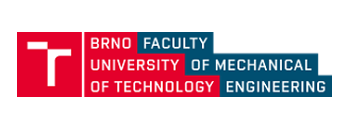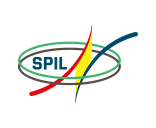


Climate-adaptive Building Envelopes: from Functional Nano-coating Technologies to Their Applications in Smart Buildings
by Vivien Lu
ABSTRACT
Building space cooling accounts for more than 30% of electricity consumption by end-uses in Hong Kong. Building envelope acts as the physical separator or resistance to heat transfer between indoor and outdoor environment, of which building roof surfaces account for 5-10% of total building energy consumption and more than 40% of energy usage for top floors, and glazing windows could be responsible for over 70% of heat gain into indoor spaces.
Hence, achieving thermally-smart climate-adaptive building envelops can enormously contribute to the improvement of building energy efficiency and surrounding microclimate amelioration. This project presents bio-inspired thermally adaptive building envelopes, with focus on thermally-smart climate-adaptive glazing windows and climate-adaptive roofing and external walls.
The proposed smart building envelopes by combining novel nano-coating technologies for self-adaptive modulation of optical and thermal transmission through glazing, and roofing/walls systems will significantly contribute to the fulfillment of thermally comfortable and energy-efficient buildings, and a more sustainable society.
